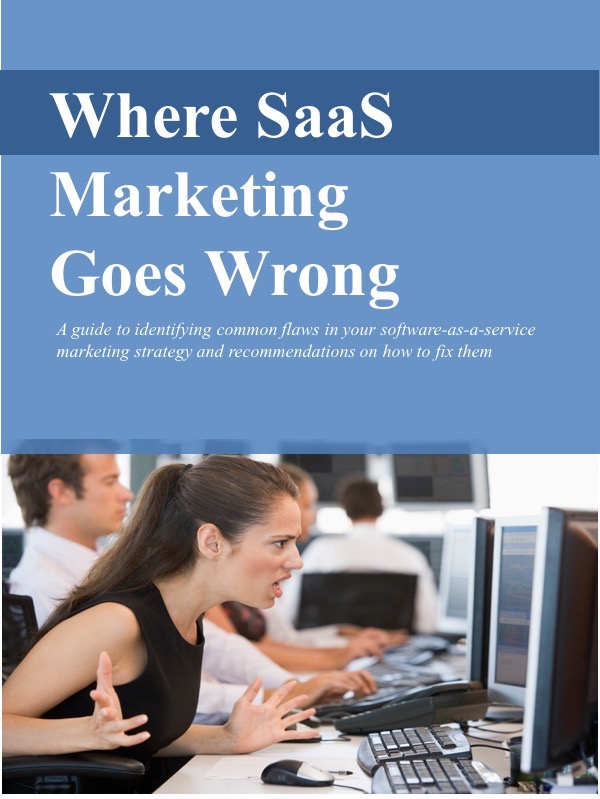When Marketing Automation Doesn’t Work
/Don’t get me wrong. I’m a fan of marketing automation.
I can’t imagine handling my email newsletter, my website, or my blog without automation. Managing subscribes & unsubscribes, tracking opens & clicks, and scheduling posts manually… that would bury me.
And for companies that send out emails and track responses from thousands of prospective customers, solutions that automate those and other marketing functions are indispensable.
But here’s the thing: Marketing automation solutions don’t work by themselves.
In my work with software-as-a-service (SaaS) companies, I’ve seen marketing automation fail for a few reasons.
No “Bucket-o-Content”
Whether it’s referred to as “content marketing,” “inbound marketing,” or some other clever term, most marketing automation solutions rely on content: newsletters, blog posts, papers, infographics, videos, emails, presentations, press announcements, etc.
Content is the fuel that makes the marketing machine run. It’s used to generate visibility, attract leads, nurture qualified opportunities, win new customers, and retain and up-sell existing customers. Without it, the machine grinds to a halt.
But the fact is that most small or mid-sized SaaS companies don’t have a supply of content stacked up on a hard-drive somewhere, ready to be published.
And I know for sure that the monthly subscription to a marketing automation solution does not include a built-in supply of content.
Somebody actually needs to produce this material. And in a smaller company, finding that “somebody” who can regularly do that isn’t always easy.
No clear and compelling message
Oh by the way, when we’re talking about content, just any content won’t do.
To do the job, it needs to be useful and attractive to the audience and articulate a compelling and consistent message. Bad content is worse than no content. (See “Content: More isn’t always better.”)
Of course, companies can contract out writing assignments or hire video producers. There are plenty of skilled professionals available to develop content.
But those folks can’t work in a vacuum. They need guidance. They need to know the target audience, and the solution’s key features, benefits, and advantages.
No matter how good they are at their craft, if they don’t know the basics – who should buy the product and why – they’ll have a tough time putting together effective messages.
To produce effective marketing material, a company first needs to know what it wants to say. Clear content requires clear thinking.
And that’s another item not included in the marketing solution’s monthly subscription price.
The system needs to be managed
Marketing automation solutions don’t run by themselves.
Someone within the company needs to drive the solution. They need to structure the work flow, segment the prospective customers, set up the tests, queue up the content, collect and analyze the results, and do all the other work that’s needed to make automation work.
Without careful thought and intelligent oversight, marketing tools will automate lots of functions, but not help the business. They’ll just do dumb things a lot faster.
All that set-up and management is sometimes a lot tougher than many of the marketing automation vendors let on.
Sure, the vendors will offer training and support. But if you’re a small company, don’t underestimate that resources required.
And to repeat myself, those are resources not included in the monthly subscription fee.
I don’t mean to deter SaaS companies from adopting marketing automation solutions. Used smartly, they can definitely improve efficiency and keep customer acquisition costs under control. (See “Customer Acquisition Ain’t Cheap.”) They can let smaller companies market more like big companies.
But make the commitment with your eyes wide open. To work well, marketing automation may cost more than you think.
